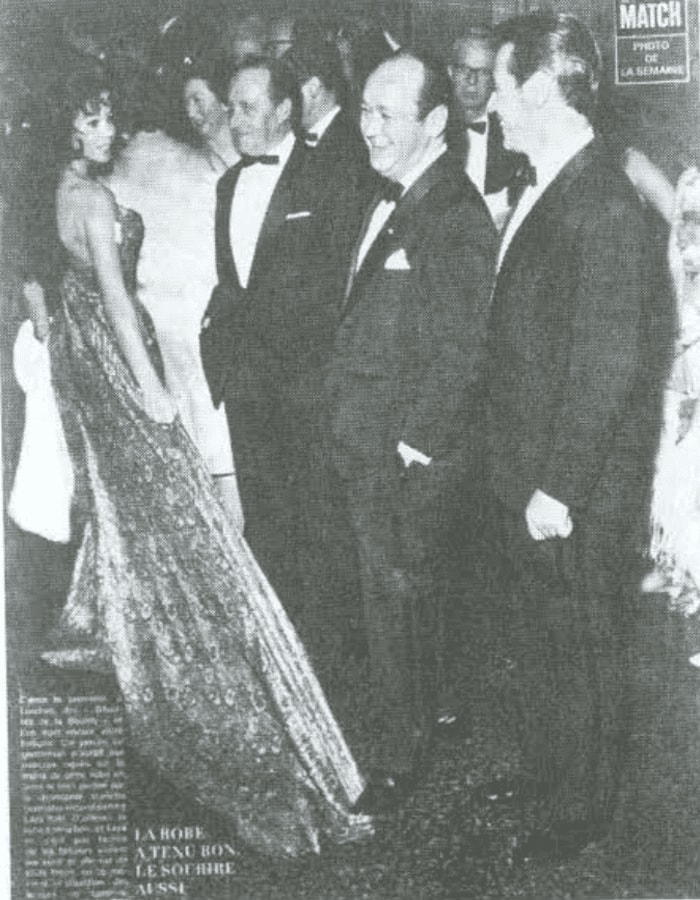

Contemplating these images today, we recreate this old interaction, subjecting ourselves to inspection by the painted figure. He argues that this look inaugurated something new in the history of portraiture. “It was the painter rather than the ‘model’ who submitted to being looked at,” Berger writes. The Aesthetic BrainAnd Our Faces, My Heart, Brief as PhotosSelected Essays of John. It’s her gaze-suggesting private sorrows, deeply felt-and those of her fellow mummies that capture Berger’s own as he contemplates these images. Ask what is the thesis of the chapter, make the answer your thesis. Though it looks as if it had been cut from an old issue of National Geographic, it approximates the real thing, thanks in part to the downcast clarity of the subject’s eyes. Choose a chapter from Ways of Seeing by John Berger. He moves on to consider the role of women in artwork. Berger first examines the relationship between seeing and knowing, discussing how our assumptions affect how we see a painting.

It is comprised of seven different essays, three of which are pictorial and the other containing texts and images. One of the Fayum mummy portraits, a collection of funeral images “painted in the ancient Greek tradition,” it depicts an elegantly appointed woman. Ways of Seeing is a key art-historical work that continues to provoke widespread debate. Of all the images discussed in the book, the most carefully reproduced appears on the cover. Berger begins the chapter by observing how, both in images and in society at large, men and women are represented differently: men have agency, whereas women are mostly engaged in a constant project of monitoring their self-presentation rather than focusing on external tasks. More interested in stimulating conversation than in controlling it, Berger never seeks to have the last word. But spare as these reproductions are, they invite readers to seek out those images on their own terms, creating new encounters in new contexts. A longtime admirer of Walter Benjamin, Berger isn’t one to turn up his nose at reproductions. These images, Berger writes in his preface, “are simple memoranda” meant to help focus the attention. Those that it contains are rarely helpful-always in black and white, sometimes fuzzily reproduced. For a book that discusses more than 70 artists, it features surprisingly few images of their works.


 0 kommentar(er)
0 kommentar(er)
